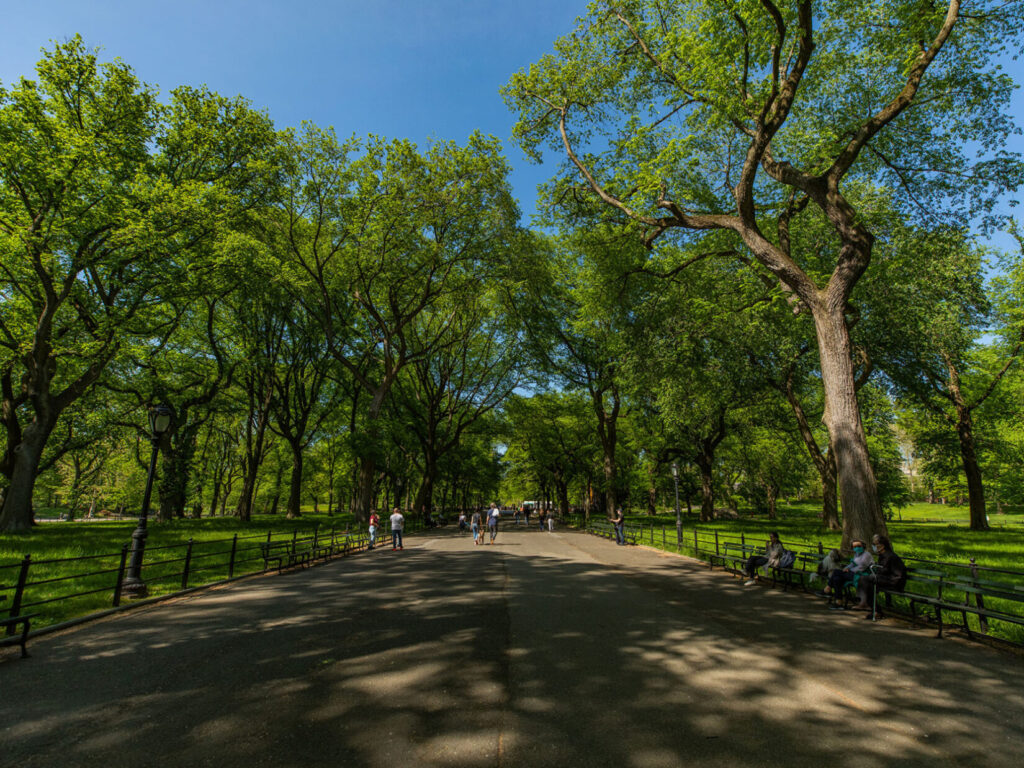
As cities continue to grow and expand, urban green spaces are becoming increasingly important in maintaining the balance between development and nature. Land conservation in urban areas not only provides recreational opportunities and enhances the aesthetics of the city but also plays a crucial role in preserving biodiversity, improving air quality, and mitigating the effects of climate change. In this article, we will discuss the importance of land conservation in urban areas and the benefits it provides to both the environment and city dwellers.
- Biodiversity Preservation:
Urban green spaces serve as sanctuaries for various plant and animal species, allowing them to thrive in an otherwise concrete jungle. By preserving these habitats, we protect biodiversity and promote ecological balance. In turn, this benefits the urban ecosystem, as diverse species contribute to pest control, pollination, and overall ecological health.
- Climate Change Mitigation:
Land conservation in urban areas helps mitigate the effects of climate change by reducing the urban heat island effect. This phenomenon occurs when cities become significantly warmer than their surrounding rural areas due to the concentration of buildings, roads, and other heat-absorbing surfaces. Green spaces provide shade, absorb heat, and release moisture, helping to cool the surrounding area and reduce energy consumption.
- Improved Air Quality:
Trees and plants in urban green spaces act as natural air filters, absorbing pollutants and releasing oxygen. They also help to reduce dust and particulate matter, leading to cleaner air for city residents. Studies have shown that urban green spaces can help to decrease the prevalence of respiratory illnesses and improve overall public health.
- Storm Water Management:
Land conservation in urban areas helps to manage storm water runoff by absorbing and filtering rainwater, reducing the strain on city drainage systems. This, in turn, can help to prevent flooding and protect water quality by minimizing pollutants entering local waterways.
- Recreational Opportunities and Mental Health:
Urban green spaces offer much-needed recreational opportunities for city dwellers, providing places for exercise, relaxation, and social interaction. Access to nature has been proven to improve mental health, reduce stress, and enhance overall well-being. By conserving land in urban areas, we ensure that these valuable resources remain accessible to all city residents.
- Economic Benefits:
Land conservation in urban areas can have significant economic benefits as well. Green spaces can increase property values, attract tourists, and provide a boost to the local economy. Studies have shown that businesses in close proximity to green spaces tend to perform better, as employees and customers are drawn to attractive and vibrant environments.
- Community Building:
Urban green spaces act as gathering places where communities can come together for events, celebrations, or simply to enjoy nature. These spaces foster a sense of belonging and pride in the neighborhood, strengthening the social fabric of the city.
Land conservation in urban areas is vital for the health and well-being of both the environment and city residents. By preserving green spaces, we are investing in the future of our cities, ensuring a sustainable and livable urban environment for generations to come. It is essential for city planners, local governments, and communities to work together to prioritize land conservation and create a harmonious balance between urban development and nature.
